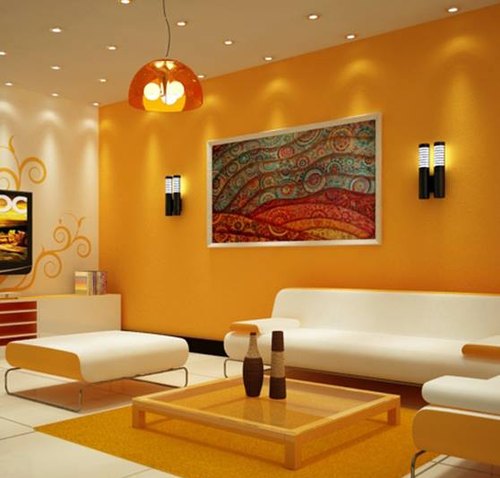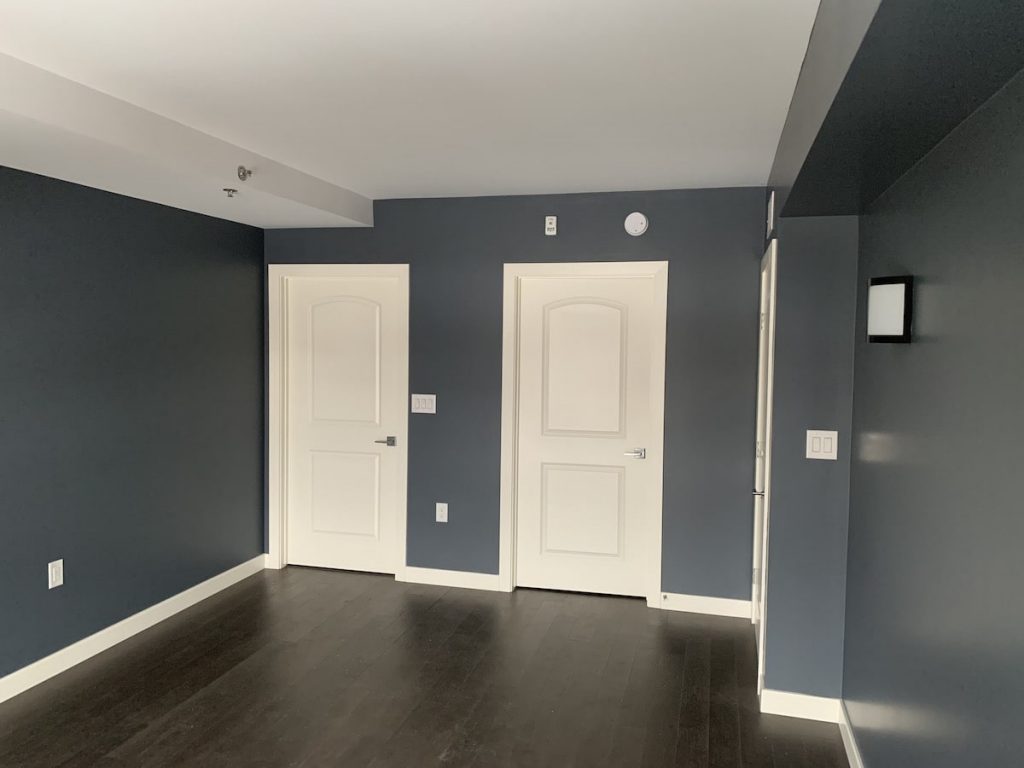Reliable Lakewood Interior Painting Services for Long-Lasting Results
Wiki Article
Enhance Your Interior Decoration With Comprehensive Color Examination
The integration of color examination right into indoor design offers a special opportunity to refine and raise the aesthetic and psychological vibration of an area. By engaging with a skilled shade expert, you can browse the intricacies of color choice, making certain that your options not only enhance architectural attributes however also reverberate with personal design and mental impact. This strategic collaboration can significantly influence the total atmosphere of your environment, promoting a feeling of consistency and purpose. Recognizing the nuances of this process is necessary-- what crucial elements should be thought about to accomplish optimal outcomes?Advantages of Color Appointment

Moreover, color appointment aids in making the most of all-natural light and maximizing spatial perception. Lighter colors can make an area appear more extensive, while darker shades develop an intimate setup. Cleveland Metro Painting Specialists. This strategic application of color can significantly influence the total ambiance of any kind of interior area
Furthermore, expert specialists have a thorough understanding of timeless classics and present trends, ensuring that the picked colors will certainly stay enticing over time. This insight can conserve customers from expensive redesigns in the future. Ultimately, color appointment encourages customers by providing them with a clear vision and instructions, promoting self-confidence in their design options and inevitably bring about an extra enjoyable and successful indoor layout end result.
Recognizing Color Psychology
The significance of shade psychology in interior decoration can not be overemphasized, as it delves right into the mental and psychological results that numerous tones can evoke in individuals. Colors can influence state of mind, actions, and also performance, making them an essential consideration in any kind of style task.For instance, warm shades such as red, orange, and yellow are usually connected with energy and heat. They can boost sensations of enjoyment and convenience, making them suitable for social rooms like living spaces or kitchen areas. Conversely, trendy colors like blue, green, and purple tend to stimulate calmness and serenity, making them suitable for bed rooms or meditation locations.
In addition, making use of neutral tones can produce a well balanced atmosphere by permitting the bolder colors to stand apart without overwhelming the detects. Understanding these emotional influences allows designers to create areas that not only look visually pleasing however likewise promote emotional wellness.
Integrating color psychology right into indoor layout entails a thoughtful selection of colors tailored to the desired function of each space, eventually enhancing the general experience for its owners. This awareness is crucial for attaining a unified and useful interior environment.
The Color Wheel Explained
Comprehending the connections between hues is vital for reliable interior decoration, and the shade wheel offers as an important device in this procedure. The shade wheel, established by Isaac Newton in the 17th century, highlights the range of colors prepared in a round format. It makes up primaries-- red, blue, and yellow-- that can not be developed by mixing various other shades. Secondary shades, created by combining primaries, consist of environment-friendly, orange, and purple. Tertiary shades result from mixing a primary and an additional color, leading to hues such as red-orange and blue-green.The shade wheel assists designers understand the partnerships in between shades, including complementary, similar, and triadic schemes. Complementary shades, positioned contrary each other on the wheel, produce vivid contrasts that can energize a room. Analogous colors, situated alongside one an additional, give a harmonious and natural appearance. Triadic systems utilize 3 equally spaced colors, using equilibrium and visual rate of interest.
Making use of the shade wheel in interior decoration not only enhances aesthetic charm however likewise stimulates details emotions and atmospheres, making it an important reference moved here for color examination. Understanding these connections inevitably empowers designers to develop spaces that are both aesthetically fascinating and practical.
Choosing the Right Palette
Commonly, choosing the ideal combination is a definitive consider achieving a successful interior decoration project. A well-chosen color system can combine a room, enhance its functions, and stimulate preferred feelings. To start, consider the objective of the space. Various spaces serve different features and require schemes that show their intended usage; for circumstances, peaceful shades such as soft blues or greens function well in rooms, promoting leisure.Light can dramatically alter exactly how colors appear, so it is necessary to assess the space at various times of the day. A harmonious palette ought to match these functions, developing a natural look throughout the space.
When choosing colors, use the 60-30-10 rule, which suggests that 60% of the area must be a leading color, 30% a second shade, and 10% an accent shade. This ratio makes certain equilibrium and visual passion (Cleveland Metro Painting Specialists). Ultimately, sample shades on the walls before devoting, as this enables you to see exactly how the hues communicate with each other and the general setting they produce in your interior decoration project.
Dealing With a Color Specialist

When look at this now collaborating with a shade professional, the process normally starts with an initial examination. During this conference, you'll discuss your vision, preferences, and the existing aspects in your area. The consultant will examine your needs and may recommend certain color combinations that straighten with your goals.
After establishing a direction, the professional will certainly offer samples and aesthetic help to help you imagine the recommended shade systems. This step is important, as colors can show up in a different way under differing lighting conditions.
In addition, a color consultant can guide you in picking complementary furnishings, art work, and accessories to integrate with your selected combination. By working together closely, you can attain a refined aesthetic that raises your interiors and creates a welcoming environment. Ultimately, the knowledge of a shade expert can significantly improve the general effect of your style project.
Conclusion
In recap, comprehensive color appointment serves as an important tool for improving indoor design. By leveraging professional expertise of color psychology and spatial characteristics, a tailored shade combination can be developed to stimulate certain feelings important source and produce an unified atmosphere.By engaging with a skilled color consultant, you can navigate the intricacies of shade selection, making certain that your options not just enhance building functions yet likewise reverberate with individual style and emotional effect. It consists of main colors-- red, blue, and yellow-- that can not be developed by blending various other shades.The shade wheel helps developers realize the connections in between shades, including corresponding, similar, and triadic schemes.When choosing colors, use the 60-30-10 rule, which suggests that 60% of the area ought to be a dominant color, 30% a second shade, and 10% an accent shade. By leveraging professional expertise of color psychology and spatial characteristics, a tailored shade scheme can be developed to stimulate specific feelings and develop a harmonious environment.
Report this wiki page